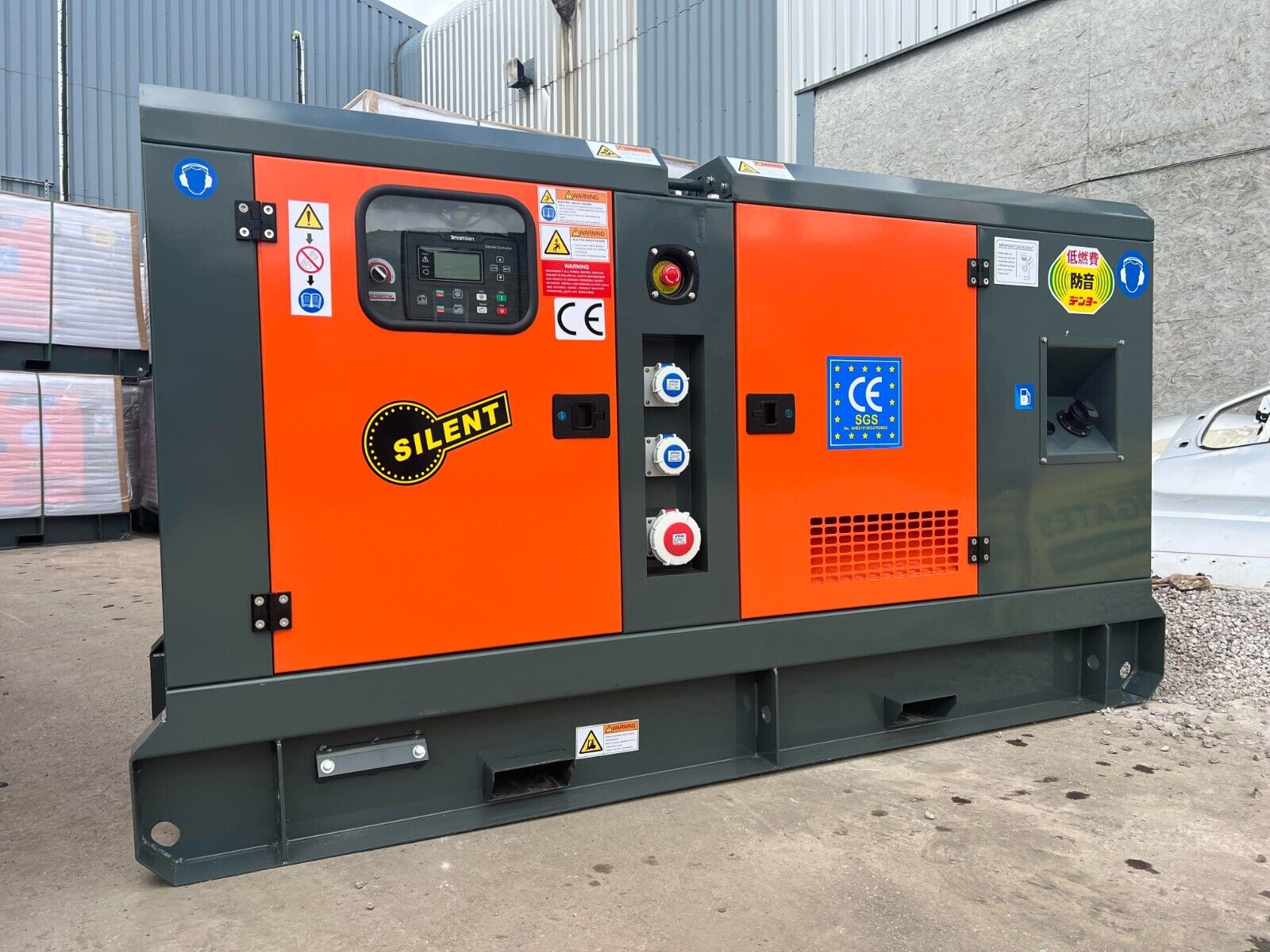When diving into the world of generators, one of the most common questions that arise is about the current capacity. Specifically, how many amps does a 50kVA generator produce? The answer depends on a few factors, primarily the voltage and whether the generator is single-phase or three-phase. Let's break it down.
What is kVA?
Before we delve into the calculations, it's essential to understand what kVA stands for. kVA represents kilovolt-amperes, a unit used to measure the apparent power in an electrical circuit. Apparent power combines both active power (measured in watts) and reactive power (measured in VARs). In simpler terms, it gives us an idea of the total power a generator can provide.
Calculating Amps for a Single-Phase Generator
For a single-phase generator, the formula to determine the current (I) is quite straightforward:
Where:
- is the current in amperes.
- is the apparent power in VA (or kVA).
- is the voltage in volts.
Example for 230V:
So, a 50kVA single-phase generator operating at 230V would produce approximately 217.39 amps.
Calculating Amps for a Three-Phase Generator
For a three-phase generator, the formula is slightly more complex due to the nature of three-phase power:
Where:
- is the current in amperes.
- is the apparent power in VA (or kVA).
- is the line-to-line voltage in volts.
- is the square root of 3, which is approximately 1.732.
Example for 400V:
Example for 480V:
So, a 50kVA three-phase generator would produce approximately 72.17 amps at 400V and about 60.14 amps at 480V.
Conclusion
The current capacity of a 50kVA generator varies based on its voltage and whether it's single-phase or three-phase. By understanding these basic formulas, you can easily determine the amperage of any generator, ensuring you choose the right equipment for your needs. Always remember to consult with an electrical professional when making decisions about large electrical equipment to ensure safety and efficiency.

